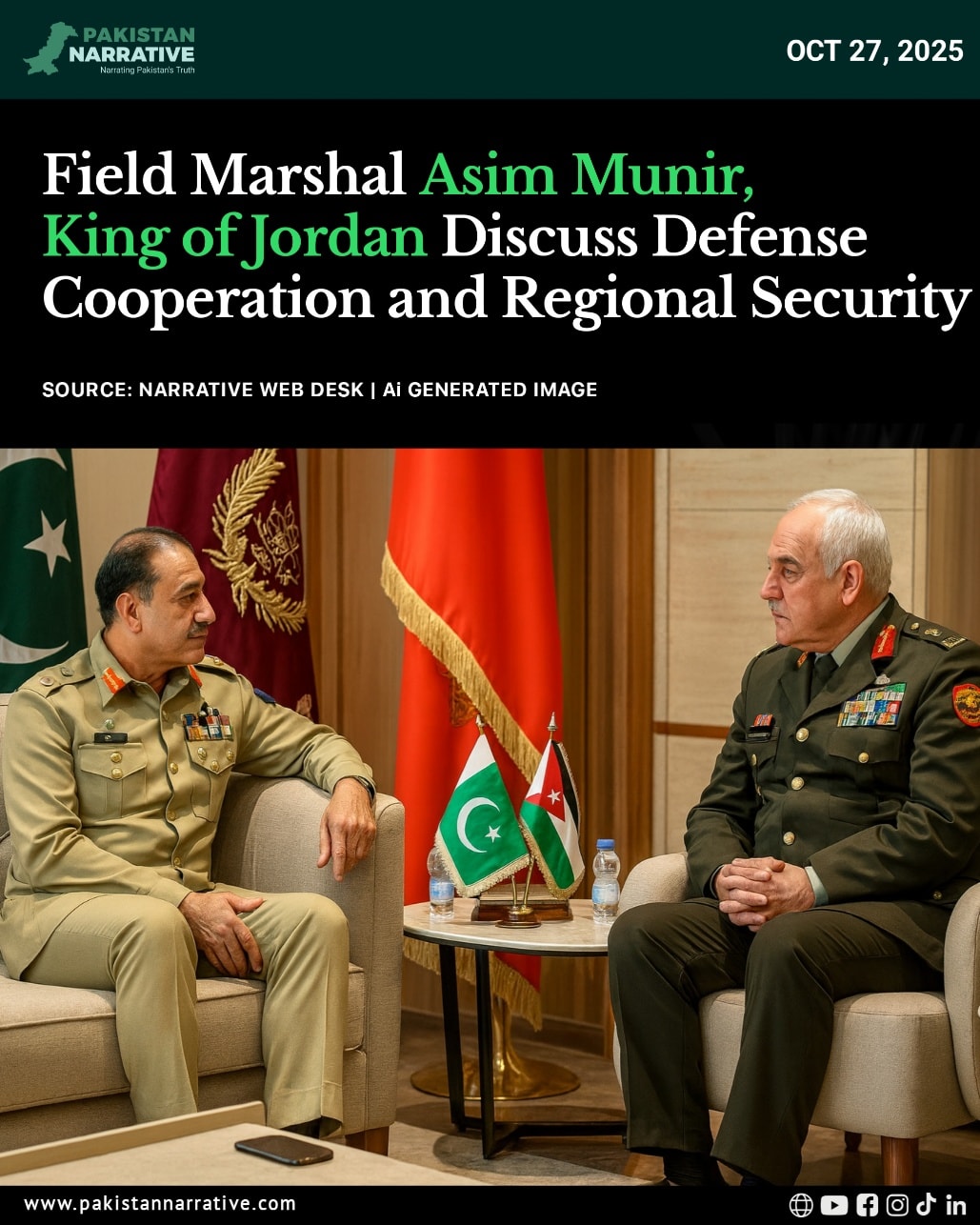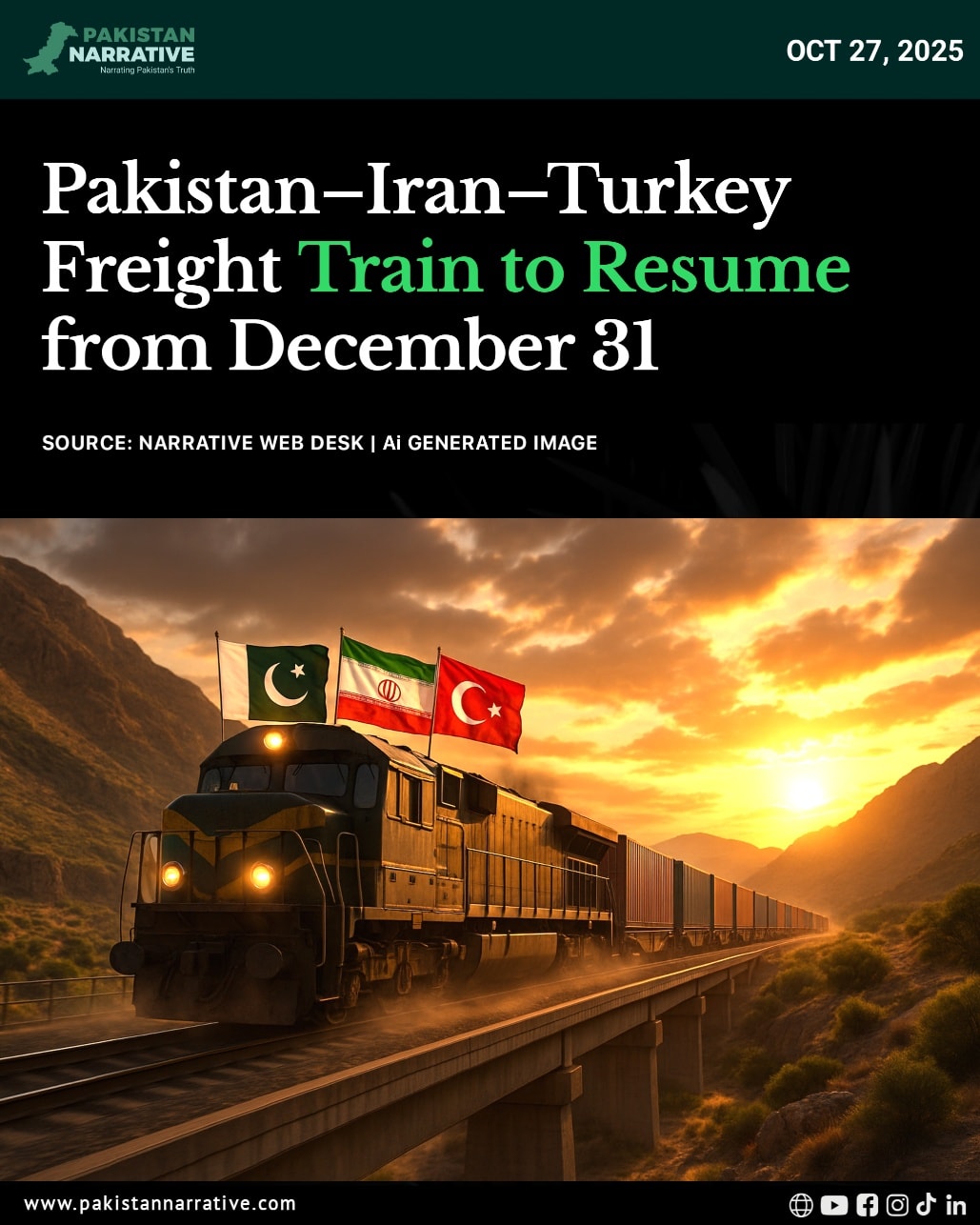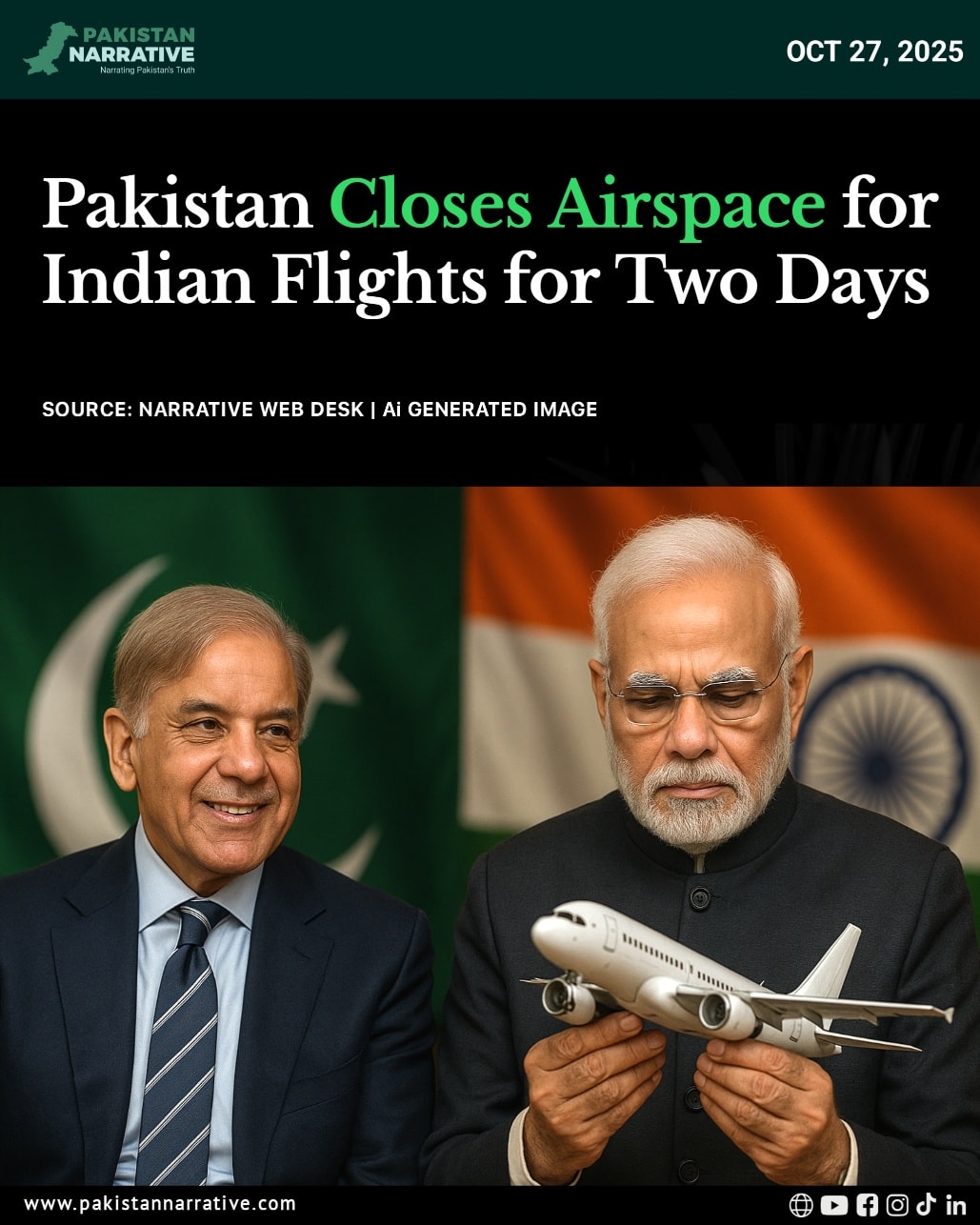In Pakistan’s intricate administrative landscape, the boundary between military and civil authority has long been porous. From retired generals leading public corporations to serving officers seconded into key bureaucratic posts, the practice of appointing Armed Forces personnel to civilian institutions has become almost routine. What was once justified as a means of infusing discipline and efficiency into governance has, over time, raised serious questions about institutional autonomy, meritocracy, and public trust.
Today, civil servants increasingly voice unease over what they perceive as encroachment — a silent expansion of military influence into domains once reserved for career bureaucrats. Behind the scenes, frustration simmers in Secretariat corridors where officers who spent decades navigating the Federal Public Service Commission’s competitive ladder now find key posts occupied by those inducted through non-traditional routes.
Historical Context and Legal Basis
The roots of this arrangement lie in Pakistan’s administrative history. Under various regimes — most notably during the 1980s — a quota system was introduced, allowing a fixed percentage of Armed Forces officers to join the civil services on deputation or through lateral induction. The rationale was simple: retired or serving military officers possessed tested leadership, organizational discipline, and crisis-management skills that could bolster public administration.
Legally, these appointments were supported under the Civil Servants (Appointment, Promotion and Transfer) Rules, and later facilitated by the Establishment Division’s deputation policies. Over the decades, these rules evolved into a structured pathway for military officers to assume civil posts across federal and provincial departments.
According to available data compiled from media reports and parliamentary inquiries, more than 1,200 ex-servicemen currently serve in federal or provincial civil roles. These include appointments in the National Highway Authority, Pakistan Housing Authority, National Disaster Management Authority, Civil Aviation Authority, and several public-sector enterprises. While the government rarely discloses exact figures, analysts estimate that over 15% of key federal administrative or regulatory appointments at any given time are held by individuals with military backgrounds.
The Civil Service Perspective
For many within Pakistan’s bureaucracy, this practice has created a quiet but deepening resentment. Civil servants argue that the influx of military officers through quota or deputation dilutes the merit principle upon which the civil service is built. After enduring years of competitive examinations, service training, and slow promotions, bureaucrats often find themselves reporting to appointees who bypassed the same system entirely.
Associations representing career officers — such as the Pakistan Administrative Service (PAS) and All Pakistan Civil Service Association — have repeatedly expressed concern that morale and motivation are eroding. Officers point out that senior slots, particularly in finance, petroleum, power, and planning ministries, are now frequently offered to retired colonels and brigadiers on “special contracts,” often renewed without transparent evaluation.
The resulting sentiment is not simply professional envy; it’s structural anxiety. When parallel appointment channels operate without common performance standards, institutions lose coherence. Civil servants see this as not only undermining their career progression but also sending a troubling signal — that constitutional service rules are negotiable.
The Military and Government Rationale
Defenders of the system counter that such appointments are pragmatic, not political. Military officers bring strategic clarity, discipline, and a sense of mission — qualities that can be invaluable in a bureaucracy often criticized for inertia. In times of crisis — earthquakes, floods, or security emergencies — military managers have demonstrated rapid mobilization and logistical capability unmatched in civil departments.
From the government’s perspective, leveraging trained personnel from the Armed Forces helps fill administrative gaps, especially in technical or crisis-sensitive institutions. In some cases, ex-servicemen have indeed improved operational efficiency; for instance, in disaster management, logistics coordination, and infrastructure development, their contributions are acknowledged even by civil peers.
The argument, therefore, is not about competence but about boundaries. The question remains: how to integrate such expertise without undermining civilian autonomy or creating the perception of undue influence?
Institutional and Societal Impacts
Beyond bureaucratic rivalries lies a larger issue — the erosion of institutional credibility. When the same uniformed elite appears to dominate multiple sectors of governance, the public begins to conflate state with force rather than service. This blurring of roles risks deepening societal divides between civilian and military spheres, feeding narratives of inequality and favoritism.
Moreover, the policy indirectly weakens the civil service itself. Younger officers, seeing limited prospects for advancement, become disengaged or seek foreign assignments. The result is a talent drain within Pakistan’s bureaucracy, further reinforcing the government’s dependence on external (often military) administrators — a circular dependency that perpetuates imbalance.
Public trust also suffers. Civil institutions, already struggling with perceptions of inefficiency, risk being viewed as mere extensions of military authority. In democratic governance, such perceptions matter as much as performance; credibility is the glue that binds institutions to citizens.
Evidence and Illustrations
A review of recent appointments illustrates the trend. Retired military officers currently lead or hold senior positions in entities like the National Highway Authority, Pakistan Railways Advisory boards, Civil Aviation Authority, the National Logistics Cell, and several development authorities. In provinces, similar patterns appear in housing, irrigation, and disaster management departments.
While many perform competently, controversies occasionally surface — from procurement audits to administrative conflicts — reinforcing calls for clearer boundaries. The absence of consistent data and performance evaluations fuels suspicion, even when individual officers perform admirably.
A Path Forward
The debate should not devolve into binaries of “civil versus military.” Pakistan’s governance challenges demand both institutional integrity and inter-institutional cooperation. The solution lies in transparent, rules-based collaboration, not parallel hierarchies.
Several reforms can help restore balance:
Establish a public database of all deputation and contract appointments, with tenure limits and performance metrics.
Enforce time-bound contracts for deputed officers, ensuring eventual reversion to parent departments.
Create a unified performance evaluation system applicable to both civil and military appointees.
Institute cooling-off periods before retired officers can assume key civil roles, aligning with international best practices.
By institutionalizing transparency, Pakistan can benefit from cross-sector expertise without eroding public confidence.
Conclusion
At its core, this debate is not about mistrust between soldiers and bureaucrats, but about the principles that safeguard good governance. Pakistan’s Armed Forces remain one of the nation’s most capable institutions; its civil service, one of the most enduring. Each has a defined constitutional mandate. When those lines blur, both risk losing legitimacy in the public eye.
Reasserting clear boundaries does not weaken cooperation — it strengthens it. True national cohesion requires confidence that every institution serves within its rightful domain. Only then can Pakistan move toward a governance model that is disciplined yet democratic, efficient yet accountable, and strong yet equitable.




